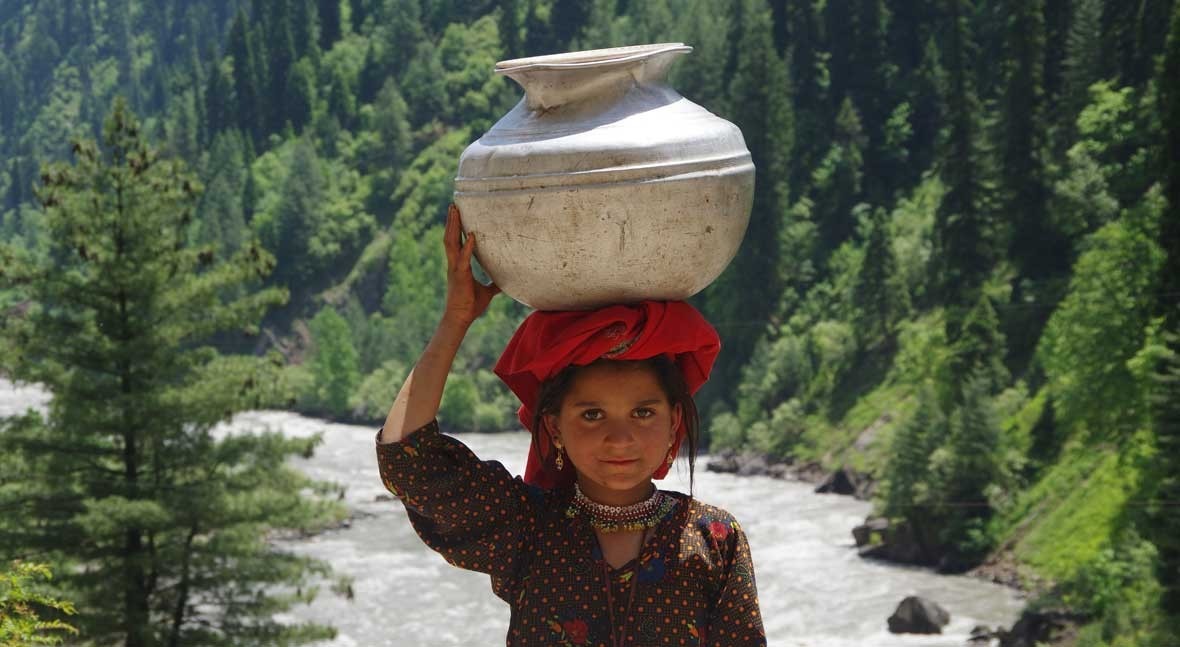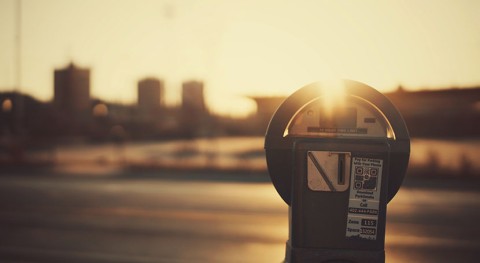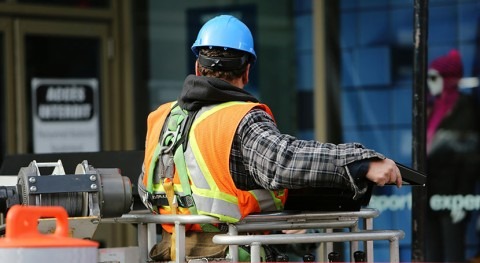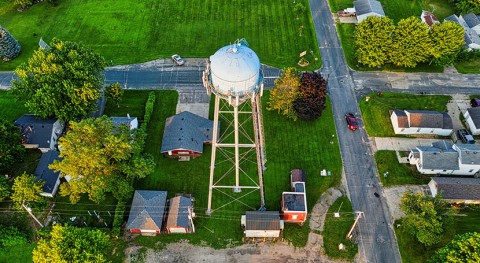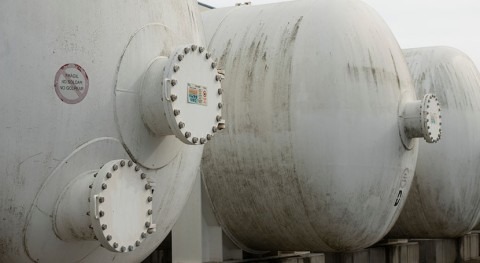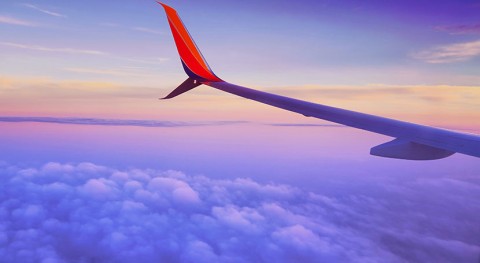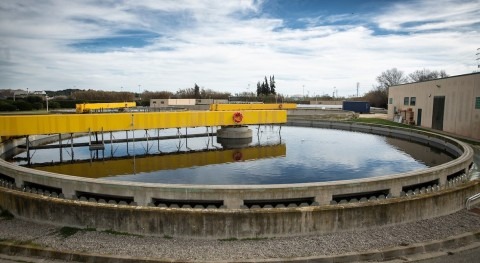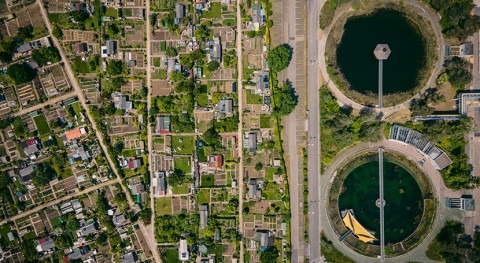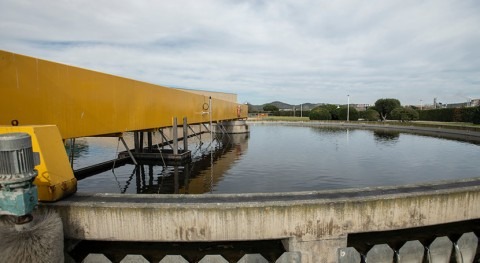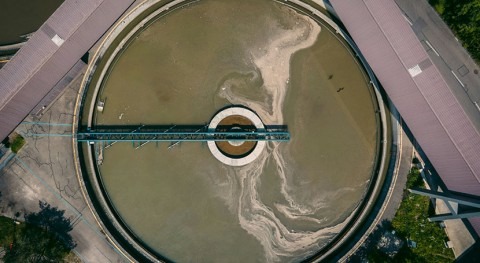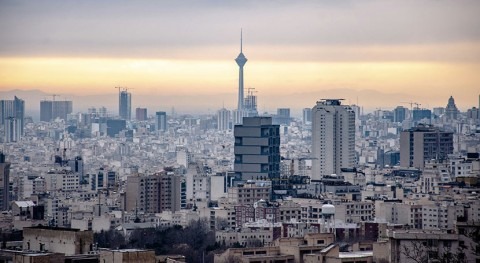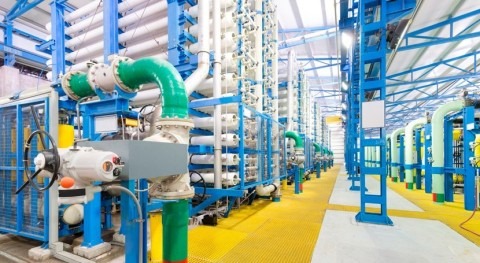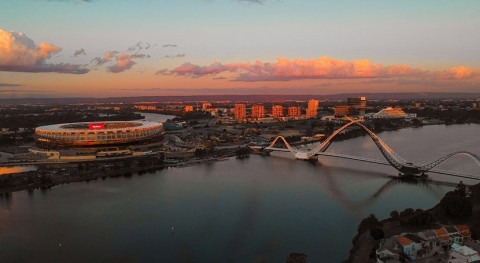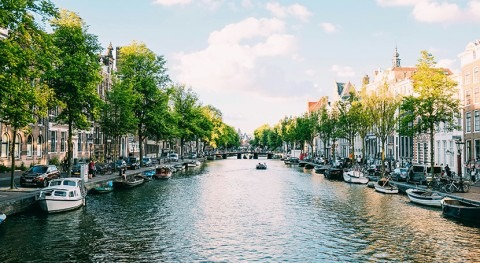Last August India's Prime Minister Modi announced the allocation of $50 billion to the Jal Jeevan Mission, the government’s ambitious programme to provide piped water to all households in the country by 2024. This is a major challenge in a country where 82 per cent of rural households do not have piped running water, according to a 2019 report by the government’s think tank NITI Aayog. Water scarcity is also an issue in cities, where millions of families resort to water tankers, informs Qrius.
Without access to clean drinking water, millions of Indians were already at risk from infectious diseases before the COVID-19 pandemic. Water-borne diseases such as cholera, dysentery and typhoid affect rural Indian populations, partly because of inadequate hand washing. Like those other diseases, the novel coronavirus can spread easily when clean water is scarce. Both urban and rural residents are forced to share taps even as they are asked to practice social distancing.
In addition, there is evidence of the virus potentially spreading through faecal matter, a concern in a country where a large portion of the waste water goes untreated. While efforts in the area of sanitation include building more than 100 million toilets in four years, many of them are not connected to a sewer system, so waste needs pumping to be then disposed of. But whether it goes through a sewer network or not, there are just not enough treatment plants to handle all the sewage. An estimated 60% of the sewage from urban areas is discharged untreated into water bodies, according to the National Green Tribunal.
What are the solutions to these challenges? A short term solution for those that can afford it has long been bottled water, a market with soaring sales in India even before the pandemic. But bottled water and soft drink industries have been blamed for inefficient water use. In the interim, as Indians endure an extended lockdown to prevent the spread of the virus, volunteer groups have started to distribute bottled water together with other supplies for those less fortunate.
Lack of access to water and sanitation are multi-faceted issues in India: while city infrastructure cannot keep up with population growth, in rural areas groundwater depletion is a main concern. The COVID-19 is further exacerbating the existing water crisis in the country. However, it is also an opportunity to seize the moment to move forward even more ambitious government initiatives to expand access to water services across the country.


